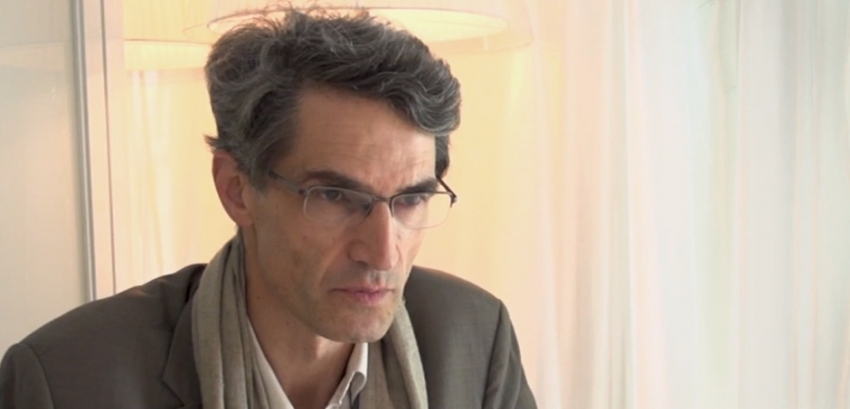Etienne Tricaud: The architect must be able to predict the way of life in the cities of the future

1. Please name a few principles of "sustainable" development which you consider to be the most important for the new urban areas design.
— Sustainability is first of all a social matter. I think that sustainable cities are places that constitute the framework for the development of people, families, communities, especially through social life. “We shape the buildings, and thereafter they shape us” Churchill says. Of course this frame (buildings, publics spaces, transport & other networks..) also has to respect the future of the planet in terms of land use, water, resources, CO2 emissions…
2. Becoming out-of-date is no doubt one of the most serious problems for any innovation. If you create a building too trendy, there is a chance that it will fell out of fashion almost immediately. Is there a way to escape this fate?
— If an innovation is a real improvement for daily life, it quickly becomes a “must” and a timeless part of human heritage. “Timeless” means modern for a long time.
3. In some countries the current level of industrial development may not let you archive a perfect result. Is it still possible to make an excellent building in that case?
— Industrial development levels are changing rapidly in emerging countries. We need to adjust our designs to the current development level of each country.
4. How would you characterize the current state of SKOLKOVO development compared with the concept designed by AREP? Have your original ideas been changed in the course of implementation?
— Through our master plan for Skolkovo we have defined the urban design, not the architecture!
The main buildings are now built in a way which is of course different from what we imagined at the beginning. But the main principles of our design are still very clear: a series of “urban villages” surrounded by nature, connected by a main boulevard, at the edge of the valley, with the housing areas located on the south part of the boulevard, gently sloping down to the golf course and the river.
5. As you know, a large-scale program of renovation has been recently launched in Moscow. The renewal of the dilapidated housing, what role should it play in the sustainable development of the metropolis?
— Renewal of obsolete housing is a key issue for the sustainable development of Moscow. Due to climate constraints, technical questions such as thermal insulation, energy saving and renewable energy really need to be addressed!
6. What role should architects play in such a program?
— Architects have a great role to play in this program. They must ensure that, along with technical refurbishment of the buildings, the social dimension is also taken into account. How can the project include public or shared places? Does the program improve public transport access to the neighborhood?
7. How can one move from the obsolete spatial models focused on “accommodation schemes” and “zoning of productive forces” to the new ones?
— We have to address this question in the many cities around the world that have developed quickly in the 2nd half of the 20th century. “Zoning”, or grouping together of functions, often killed the spirit of the city. The life of the city is driven by a mix of different communities, different activities. The role of the public space is crucial. We must propose new urban regulations that allow mixing of different types of activities.
8. What should be a balance between so called “foreground (iconic) buildings” and “background architecture”?
— “Iconic buildings” are necessary to contribute to the identity of a city. But a city is not made of “iconic buildings”! The buildings that compose urban fabric serve as a container for public space and public life. They can be designed in a common spirit that expresses the cultural heritage of the city and the time, but they don’t have to cry out all at once!
9. What is the role of an architect in today’s society?
— The role of an architect is to anticipate the way of life, the urban practices in future cities and then design a suitable framework for it. An architect may have to rethink all the models : how to live in an apartment or a house? How to work in an office or in a cafe? How do move in the city? How to be informed and educated? How to meet other people?
10. Who defines the architectural agenda today? Fashion / Venice Biennale / authorities / community / market?
— The architectural agenda today is defined by different forces. Of course the market (who asks for architecture?) and the biennales (who appreciates architecture?) are drivers. But new competitions organized by some cities (like “ Réinventer Paris “) give the architect a major role, which is slightly different than in usual situations.



